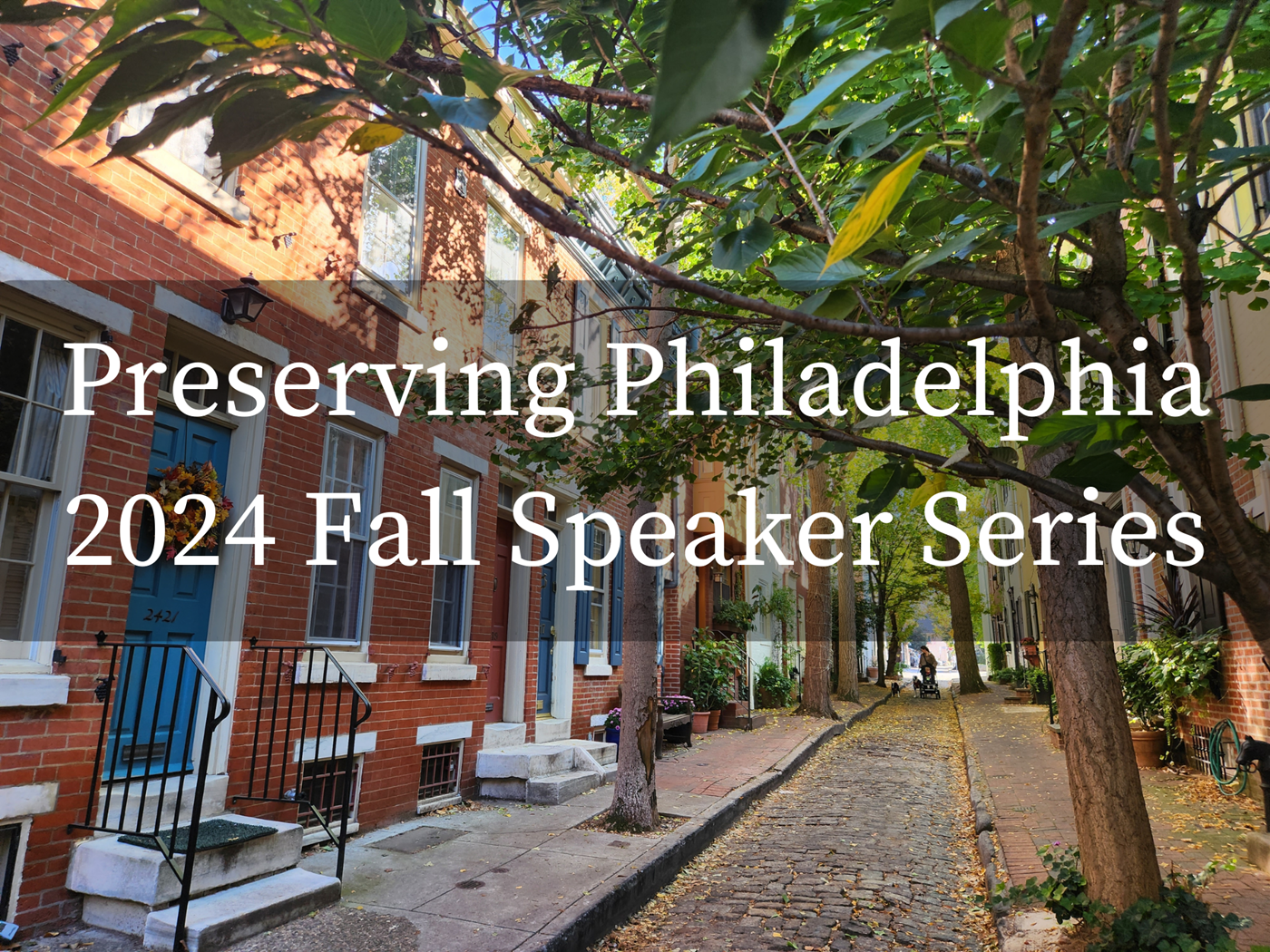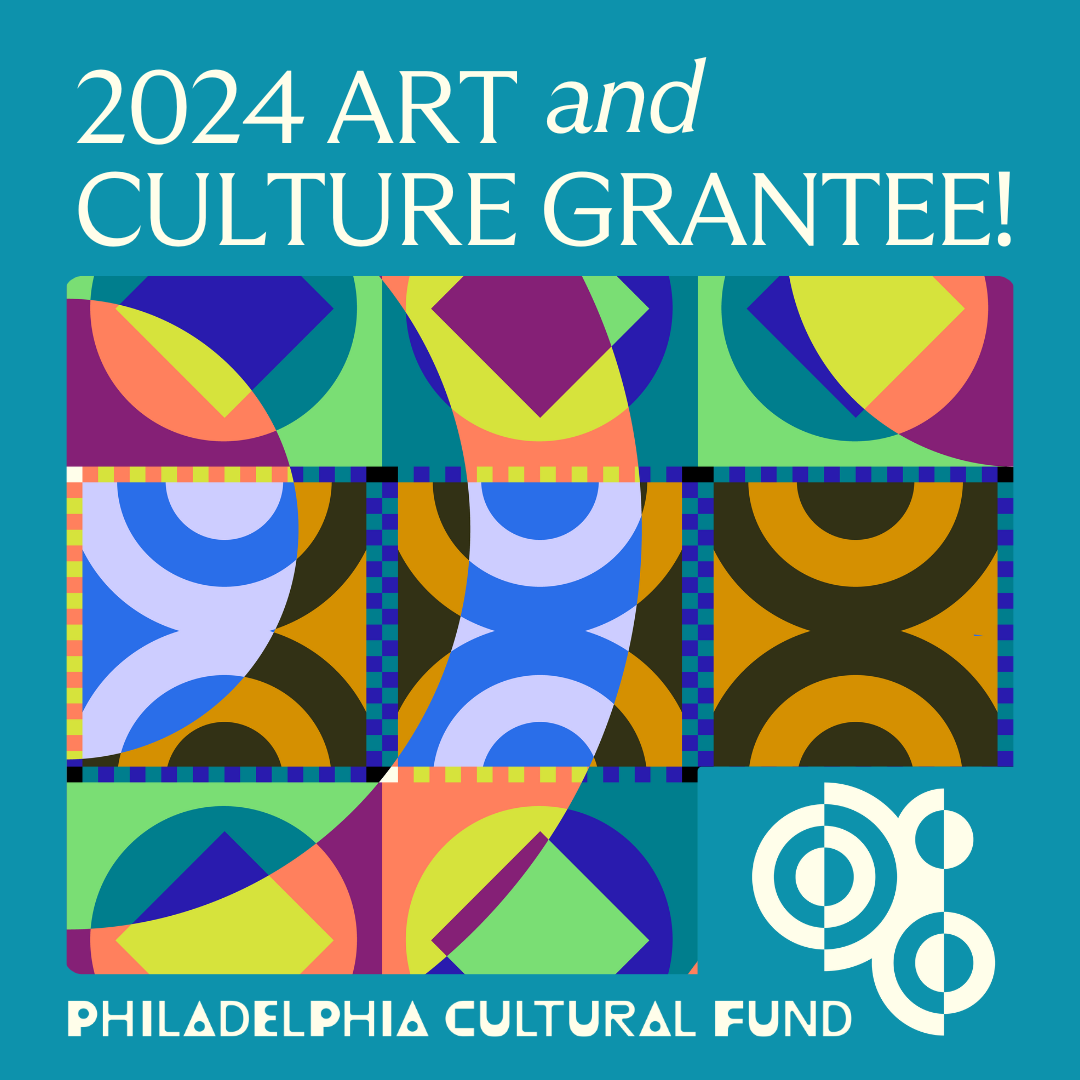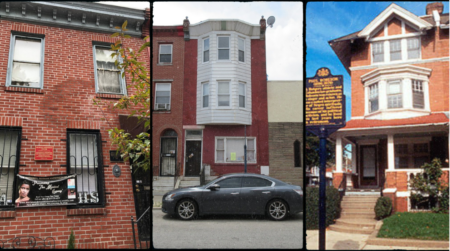
Restoring Black Heritage Sites: Challenges and Opportunities
September 10, 2024, 6 — 8:00 PM
Former Philadelphia Mayor Michael Nutter will moderate a panel discussion with the leaders of three Black heritage sites, the Marian Anderson, Henry Ossawa Tanner and Paul Robeson houses, which are each in the midst of renovations to both their physical spaces and their programmatic activities. All proceeds from this panel discussion will be donated to
Register HereFormer Philadelphia Mayor Michael Nutter will moderate a panel discussion with the leaders of three Black heritage sites, the Marian Anderson, Henry Ossawa Tanner and Paul Robeson houses, which are each in the midst of renovations to both their physical spaces and their programmatic activities.
All proceeds from this panel discussion will be donated to the organizations of these three black heritage sites.
Panelists:
Jillian Pirtle, CEO of The National Marian Anderson Museum & Historical Society
Janice Sykes-Ross, Executive Director of the Paul Robeson House & Museum
Christopher Rogers, Ph.D., Co-coordinator of The Friends of the Tanner House
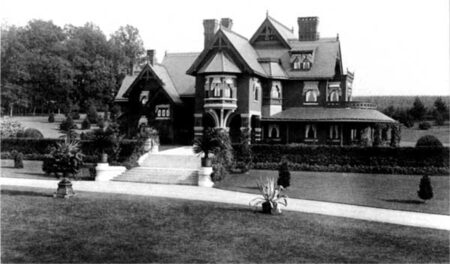
Exploring Philadelphia Suburban Homes (circa 1889)
October 15, 2024, 6 — 8:00 PM
presented by Jeffrey A. Cohen In the late 1880s, two serial entrepreneurs took on the unexpected project of making a visual record of Philadelphia’s suburban homes. In the abstract that would be no small task, the pair, Joseph Lewis Wells and John Ferguson Hope, commissioned large photographs of houses of individualized and venturesome design, most of
Register Herepresented by Jeffrey A. Cohen
In the late 1880s, two serial entrepreneurs took on the unexpected project of making a visual record of Philadelphia’s suburban homes. In the abstract that would be no small task, the pair, Joseph Lewis Wells and John Ferguson Hope, commissioned large photographs of houses of individualized and venturesome design, most of them from the city’s most prominent architects within the previous decade.
Their project would ultimately take in over 150 houses sitting on multi-acre lots spread out among Philadelphia’s suburban peripheries. Their owners shared not only substantial means, having commissioned (or later acquired) these bespoke houses, but also in having agreed to present themselves through house portraits, likely receiving a set of them issued in large green portfolios, perhaps for display on a parlor table. They admitted their owners into a kind of kinship, a virtual club.
Together we’ll explore this vivid gallery of ambitious Victorian designs by the city’s leading architects — entrusted with generous budgets, ample sites, and a mandate to create something distinctive. Architects may have never enjoyed so much design freedom before or since. The images reflect an animated design conversation, offering an implicit chronicle of the trajectories of families and fortunes in space and time, and providing a moment’s very particular lens on an evolving built suburban landscape (one that has since been largely transformed by more recent development).
Born in Boston, Jeff Cohen came to Philadelphia for a four-year stay and never quite returned. He wrote his dissertation at Penn on Queen Anne and the Late Victorian townhouses, and he has been teaching since mid-the 1990s in the Growth and Structure of Cities Department at Bryn Mawr College. His interests and publications have focused on architects Benjamin Latrobe, Frank Furness, Wilson Eyre, and George T. Pearson, on early architectural drawings,19th-century surveyors’ plans, and more recently on long ‘panoramic’ downtown street-views.
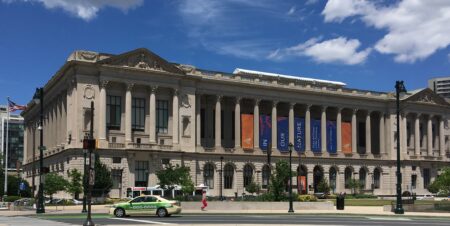
The Architecture of Horace Trumbauer: “The Standard, Metropolitan and Authoritative Thing”
November 19, 2024, 6 — 8:00 PM
presented by David Brownlee, Ph.D., FSAH Horace Trumbauer of Philadelphia was the most enigmatic architect of America’s “Gilded Age.” Although he left school when he was 14, by the time he was thirty, he had built palatial homes for some of the nation’s wealthiest families, and his office would produce more than 800 designs over
Register Herepresented by David Brownlee, Ph.D., FSAH
Horace Trumbauer of Philadelphia was the most enigmatic architect of America’s “Gilded Age.” Although he left school when he was 14, by the time he was thirty, he had built palatial homes for some of the nation’s wealthiest families, and his office would produce more than 800 designs over the next forty years. In addition to great houses, this included important public buildings such as the Widener Library at Harvard, the Philadelphia Museum of Art, the Free Library of Philadelphia, and the two campuses of Duke University.
His versatility and quiet competence led the author of a long, admiring review in Architectural Record in 1904 to call his work “the standard, metropolitan and authoritative thing.” But Trumbauer never discussed his work or explained his thinking, and his design methods and the precise authorship of the buildings created in his thirty-person office have been difficult to discover.
Recent research, has begun to cast light on Trumbauer’s artistry and the complex collaborations that he orchestrated. Among the important aspects of this teamwork was the key role played by Julian Abele, the first African-American graduate of the architecture program at the University of Pennsylvania and the chief designer in Trumbauer’s office. Abele’s artistry was a vital ingredient in many of the firm’s most significant buildings, and despite racial prejudice and Jim Crow restrictions, his role was clearly visible and appreciated by clients and fellow architects.
David Brownlee is a historian of modern architecture and urbanism in Europe and America who taught for more than forty years at the University of Pennsylvania. Philadelphia has been an important focus of his scholarship. His Philadelphia books include histories of the Benjamin Franklin Parkway, the Penn campus, the Philadelphia Museum of Art, and the Barnes Foundation and studies of the architects Louis Kahn, Robert Venturi, and Denise Scott Brown. Active in civic affairs, Brownlee has served on the Philadelphia Historical Commission and the boards of the Preservation Alliance, the Athenaeum, the Philadelphia Society for the Preservation of Landmarks, Global Philadelphia’s World Heritage City project, the Beth Sholom Preservation Foundation, and the Design Advocacy Group.
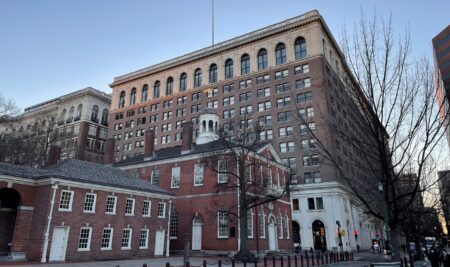
Print City: How Newspaper Buildings Shaped Philadelphia’s Downtown
December 17, 2024, 6 — 8:00 PM
presented by Inga Saffron Philadelphia, like other big American cities, was once home to dozens of print newspapers. These papers exhibited a strong pack mentality (much like journalists themselves), and set up their offices in close proximity to one another, often on the same block, forming distinct media enclaves or newspaper rows. Other industries –
Register Herepresented by Inga Saffron
Philadelphia, like other big American cities, was once home to dozens of print newspapers. These papers exhibited a strong pack mentality (much like journalists themselves), and set up their offices in close proximity to one another, often on the same block, forming distinct media enclaves or newspaper rows. Other industries – from pianos to jewelry – clustered together in a similar fashion. But while those businesses tended to stay put, Philadelphia’s newspaper row shifted its location frequently as the papers followed the progression of money and power westward through the downtown. With each move, Philadelphia’s highly competitive newspapers constructed ever grander homes in an effort to distinguish themselves from their peers. While both newspapers and newspaper buildings have pretty much vanished from our daily experience, the history of Philadelphia shifting newspaper rows still offers valuable insights into the spatial organization of Center City. The research for this talk comes from a more extensive history of American newspaper buildings provisionally titled, Holding the Presses.
Inga Saffron is the architecture critic for the Philadelphia Inquirer. For more than 20 years, she has been a forceful advocate for meaningful design, accessible public spaces and transit, affordable housing, historic preservation and policies that make our cities more livable and climate resilient. Her work has been recognized with numerous awards, including the 2014 Pulitzer Prize for Criticism, the 2018 Vincent Scully Prize from the National Building Museum, a 2012 Loeb Fellowship from Harvard’s Graduate School of Design and a 2023 Guggenheim Fellowship.
Inga began her career as a municipal reporter in New Jersey, and went on to become a foreign correspondent in Eastern Europe and the former Soviet Union. In the 1990s, she covered wars in Yugoslavia and Russia, where she witnessed the destruction of Sarajevo and Grozny. She has published two books: Becoming Philadelphia: How an old American city made itself new again, a selection of her Inquirer columns, and Caviar: The Strange History and Uncertain Future of the World’s Most Coveted Delicacy, a cultural history of the sturgeon.She is currently working on a social and architectural history of the American newspaper building, tentatively titled Holding the Presses: How Newspaper Buildings Shaped the American City.
